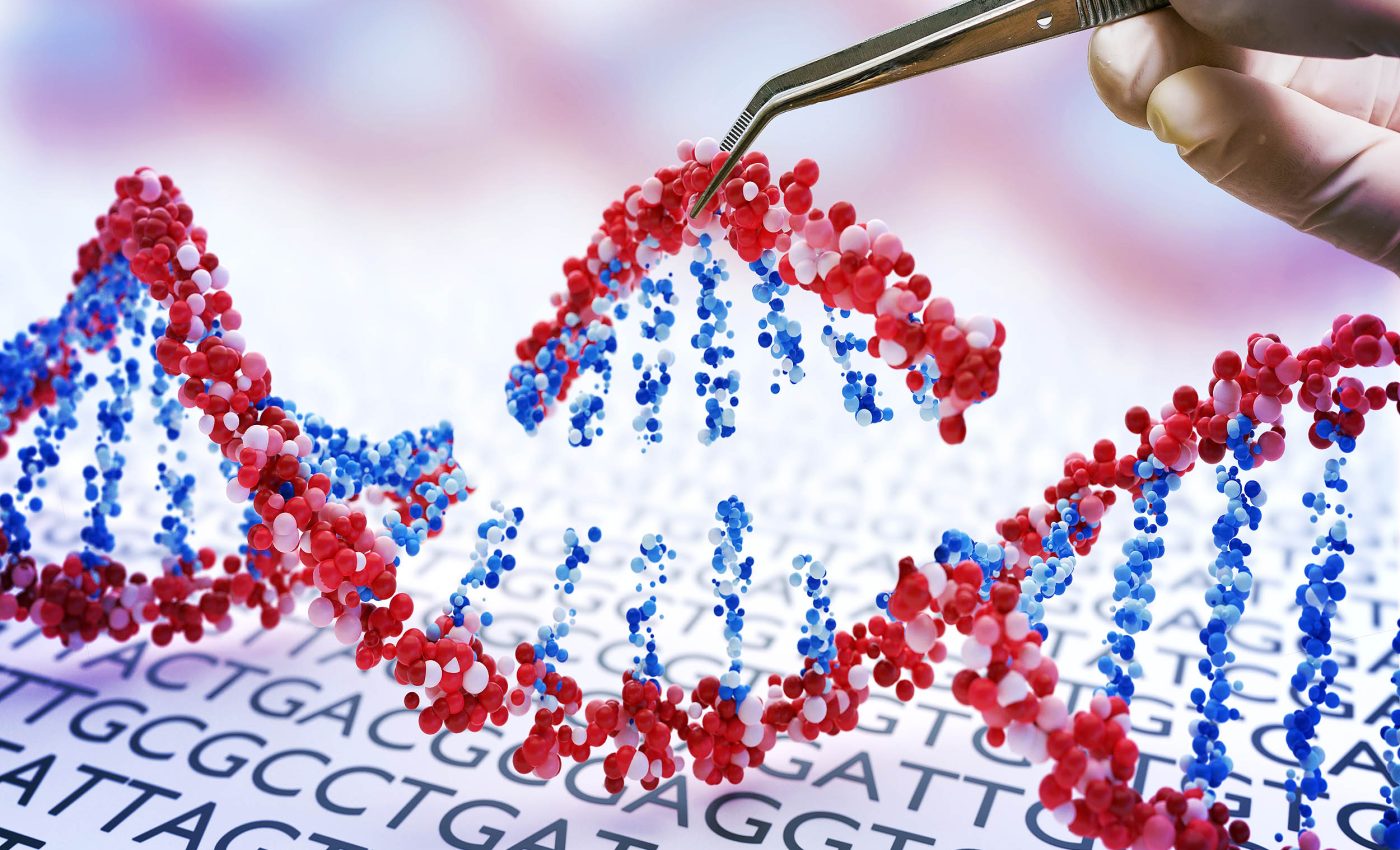
CRISPR used to remove extra chromosomes in Down syndrome and restore cell function
Down syndrome is caused by an extra copy of chromosome 21, which leads to a range of developmental differences. Researchers have long sought strategies to correct this duplication, because current interventions do not address the added genetic material at its source.
Recent work points to a promising approach with CRISPR-based methods.
Ryotaro Hashizume and colleagues from Mie University in Japan report that it is possible to cut away the surplus chromosome in affected cells, which appears to bring their behavior closer to typical function.
Why an extra chromosome matters
Down syndrome affects about 1 in 700 newborns in the United States. That added chromosome, known as trisomy 21, disrupts a range of important processes in the body, often resulting in learning difficulties, distinctive physical traits, and certain health concerns.
This additional genetic copy raises gene activity above normal levels. It pushes cells to overwork, because they carry extra material that shifts how genes are used and how proteins are made.
CRISPR and Down syndrome
CRISPR-Cas9 is a versatile gene-editing system that relies on an enzyme to recognize specific DNA sequences. Once the enzyme locates a matching site, it snips through the DNA strands.
Scientists carefully design CRISPR guides to target only the unwanted chromosome. This trick is called allele-specific editing, and it helps steer the cutting enzyme to the right spot.
“Trisomic rescue via allele-specific multiple chromosome cleavage using CRISPR-Cas9 in trisomy 21 cells,” wrote Hashizume.
Their group discovered that removing the unneeded copy often normalized gene expression in laboratory-grown cells.
The treated cells reverted to typical patterns of protein manufacturing. They also showed better survival rates in certain tests, indicating that the excess genetic burden was successfully relieved.
Potential for neurons and beyond
The technique is still far from clinical use, so it will not show up in routine care anytime soon. However, scientists are considering whether similar edits might be done in cells that form the brain and other tissues.
The possibility of trimming excess genetic material in nondividing cells is also intriguing.
Many cells in the body do not actively divide after maturing, yet the team’s findings suggest that these cells could still benefit from targeted chromosome removal.
Karyotype and brain-related genes
In follow-up tests, researchers examined how gene activity changed after removing the extra chromosome.
They noticed that genes tied to nervous system development became more active, while those linked to metabolism were dialed down.
This shift in gene expression could help explain how correcting the chromosomal imbalance affects the cell’s overall behavior. It also supports earlier findings that extra copies of chromosome 21 disrupt brain development during early fetal growth.
Tested in both stem and skin cells
The researchers didn’t just test their approach on lab-grown stem cells. They also applied it to skin fibroblasts, which are more mature, non-stem cells taken from people with Down syndrome.
Even in these fully developed cells, the method successfully removed the extra chromosome in a significant number of cases.
That result hints at broader possibilities for correcting the genetic issue in different cell types throughout the body.
Removal improved cell health
After removing the extra chromosome, the corrected cells grew slightly faster and had a shorter doubling time compared to untreated trisomy cells.
These changes suggest that getting rid of the surplus chromosome may ease the biological stress that slows down cell growth.
The corrected cells also produced fewer reactive oxygen species, which are harmful byproducts linked to cell damage and aging.
Lower levels of these molecules point to improved mitochondrial function and a general boost in cell fitness.
Some of the CRISPR cuts can affect healthy chromosomes. The researchers are addressing this by refining their guidance molecules, so they only latch onto the extra chromosome 21.
They are also investigating ways to keep the cell’s repair systems from reversing or botching the intended edits. With more work, the method might become safer and more efficient for a wide range of tissues.
Implications for future treatments
If scientists confirm these early results in additional studies, they might one day design therapies that quiet the genetic overload at its source. This approach could apply to lab-grown tissues or stem cells aimed at regenerative treatments.
Experts emphasize that these findings do not guarantee a straightforward path to therapy. Still, the work highlights how CRISPR could assist in handling fundamental genetic hiccups that cause common conditions.
The project shows that CRISPR can remove an entire chromosome rather than making small fixes. That is a big jump in what genome editing can accomplish.
Researchers will likely continue analyzing the risks of widespread DNA changes. They will also check how these modified cells behave over longer periods and whether they stay healthy in real-world settings.
The study is published in PNAS Nexus.
—–
Like what you read? Subscribe to our newsletter for engaging articles, exclusive content, and the latest updates.
Check us out on EarthSnap, a free app brought to you by Eric Ralls and Earth.com.
—–













